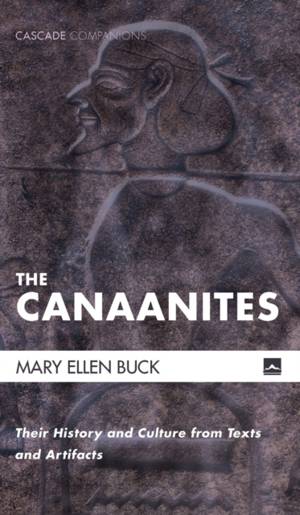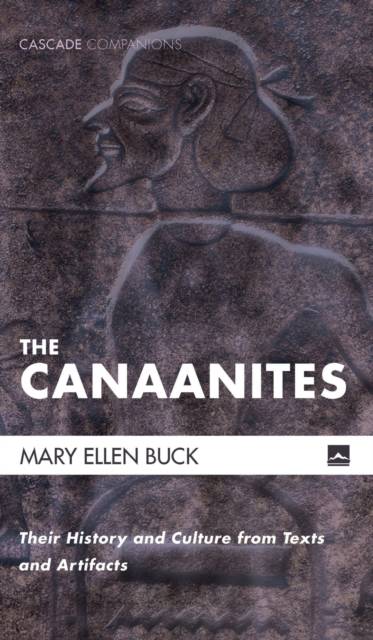
- Afhalen na 1 uur in een winkel met voorraad
- Gratis thuislevering in België vanaf € 30
- Ruim aanbod met 7 miljoen producten
- Afhalen na 1 uur in een winkel met voorraad
- Gratis thuislevering in België vanaf € 30
- Ruim aanbod met 7 miljoen producten
Zoeken
€ 56,95
+ 113 punten
Uitvoering
Omschrijving
The term Canaanite will be familiar to anyone who has even the most casual familiarity with the Bible. Outside of the terminology for Israel itself, the Canaanites are the most common ethnic group found in the Bible. They are positioned as the foil of the nation of Israel, and the land of Canaan is depicted as the promised allotment of Abraham and his descendants. The terms Canaan and Canaanites are even evoked in modern political discourse, indicating that their importance extends into the present. With such prominent positioning, it is important to gain a more complete and historically accurate perspective of the Canaanites, their land, history, and rich cultural heritage. So, who were the Canaanites? Where did they live, what did they believe, what do we know about their culture and history, and why do they feature so prominently in the biblical narratives? In this volume, Mary Buck uses original textual and archaeological evidence to answer to these questions. The book follows the history of the Canaanites from their humble origins in the third millennium BCE to the rise of their massive fortified city-states of the Bronze Age, through until their disappearance from the pages of history in the Roman period, only to find their legacy in the politics of the modern Middle East.
Specificaties
Betrokkenen
- Auteur(s):
- Uitgeverij:
Inhoud
- Aantal bladzijden:
- 112
- Taal:
- Engels
- Reeks:
Eigenschappen
- Productcode (EAN):
- 9781498243254
- Verschijningsdatum:
- 30/10/2019
- Uitvoering:
- Hardcover
- Formaat:
- Genaaid
- Afmetingen:
- 127 mm x 203 mm
- Gewicht:
- 240 g

Alleen bij Standaard Boekhandel
+ 113 punten op je klantenkaart van Standaard Boekhandel
Beoordelingen
We publiceren alleen reviews die voldoen aan de voorwaarden voor reviews. Bekijk onze voorwaarden voor reviews.











